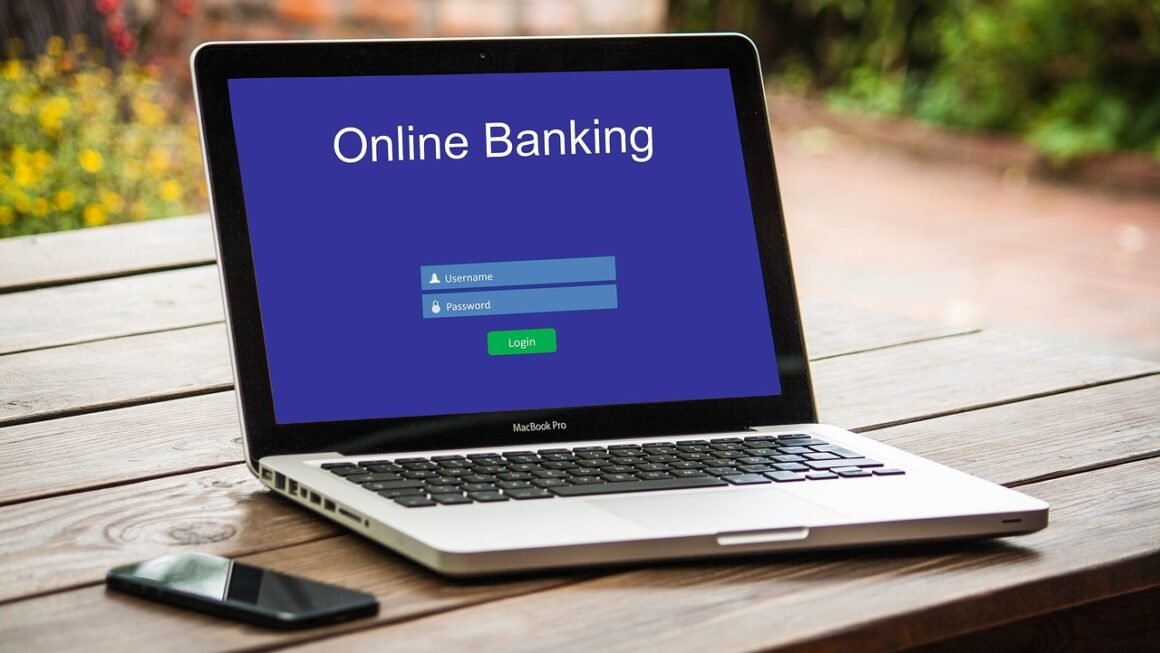In today’s interconnected world, the term “cyber attack” has become commonplace, yet its implications remain complex and often misunderstood. Businesses and individuals alike are increasingly vulnerable to these malicious acts, which can range from minor inconveniences to catastrophic data breaches and financial losses. Understanding the different types of cyber attacks, how they work, and what you can do to protect yourself is crucial for navigating the digital landscape safely and securely. This blog post will delve into the details of cyber attacks, providing you with the knowledge needed to defend against these ever-evolving threats.
What is a Cyber Attack?
A cyber attack is any malicious attempt to access, damage, disrupt, or steal information or systems using a computer network. These attacks are often motivated by financial gain, espionage, or even political activism. Cyber attacks can target individuals, small businesses, large corporations, or even government agencies.
Types of Cyber Attacks
The landscape of cyber attacks is vast and constantly changing, but some common types include:
- Malware: Malicious software designed to infiltrate and damage computer systems. This includes viruses, worms, Trojans, ransomware, and spyware.
Example: A ransomware attack encrypts a company’s files and demands a ransom payment for the decryption key.
- Phishing: Deceptive attempts to obtain sensitive information, such as usernames, passwords, and credit card details, by disguising as a trustworthy entity.
Example: An email pretending to be from your bank asking you to verify your account details via a link.
- Denial-of-Service (DoS) and Distributed Denial-of-Service (DDoS) Attacks: Overwhelming a server with traffic to make it unavailable to legitimate users.
Example: A DDoS attack flooding a website with requests from thousands of compromised computers, causing it to crash.
- Man-in-the-Middle (MitM) Attacks: Intercepting communication between two parties to eavesdrop or manipulate the data being exchanged.
Example: An attacker intercepts your internet connection at a public Wi-Fi hotspot and steals your login credentials.
- SQL Injection: Exploiting vulnerabilities in a website’s database to gain unauthorized access to sensitive information.
Example: An attacker inputs malicious code into a website’s search bar to access the database and steal customer data.
- Zero-Day Exploits: Attacking a vulnerability in software before the vendor has a chance to release a patch.
Example: An attacker discovers a flaw in a popular web browser and uses it to install malware on users’ computers before the browser developer can fix the issue.
Motivations Behind Cyber Attacks
Understanding the reasons behind cyber attacks can help anticipate potential threats and implement appropriate security measures. Common motivations include:
- Financial Gain: Stealing money, credit card information, or intellectual property for profit.
- Espionage: Gathering confidential information for political or competitive advantage.
- Political Activism (Hacktivism): Disrupting or defacing websites and systems to promote a political agenda.
- Revenge: Damaging a company or individual due to personal grievances.
- Disruption: Causing chaos and disruption to critical infrastructure or services.
Recognizing the Signs of a Cyber Attack
Detecting a cyber attack early is crucial for minimizing its impact. Be vigilant and watch out for these warning signs:
Unusual System Behavior
- Slow performance: Your computer or network runs significantly slower than usual.
- Unexpected pop-ups or error messages: Strange and unfamiliar alerts appear on your screen.
- Unexplained data loss or modification: Files or data are missing or have been altered without your knowledge.
- Suspicious network activity: Unusual traffic patterns or connections to unknown servers.
- Unexplained account activity: Passwords have been changed or unauthorized transactions have occurred.
Suspicious Communications
- Phishing emails: Emails with suspicious links, attachments, or requests for personal information.
- Unexpected requests: Unusual requests from colleagues or superiors, especially those involving financial transactions.
- Spam or unsolicited emails: A sudden increase in the amount of spam you receive.
Website Defacement
- Altered website content: Your website has been vandalized with offensive or misleading information.
- Website unavailability: Your website is down or inaccessible to users.
Protecting Yourself From Cyber Attacks
Proactive security measures are essential for safeguarding yourself and your organization against cyber attacks.
Strong Passwords and Multi-Factor Authentication (MFA)
- Use strong, unique passwords: Create complex passwords that are at least 12 characters long and include a mix of uppercase and lowercase letters, numbers, and symbols.
- Avoid reusing passwords: Don’t use the same password for multiple accounts.
- Implement multi-factor authentication (MFA): Enable MFA whenever possible, as it adds an extra layer of security to your accounts. MFA requires a second form of verification, such as a code sent to your phone, in addition to your password.
Software Updates and Patch Management
- Keep your software up to date: Regularly update your operating system, web browser, and other software to patch security vulnerabilities.
- Enable automatic updates: Configure your software to automatically install updates as they become available.
- Patch management: Businesses should implement a robust patch management system to ensure that all systems are patched promptly.
Firewalls and Antivirus Software
- Install a firewall: A firewall acts as a barrier between your computer and the internet, blocking unauthorized access.
- Use antivirus software: Install reputable antivirus software and keep it updated to detect and remove malware.
- Regular scans: Perform regular scans of your computer system to identify and remove any threats.
Education and Awareness Training
- Educate yourself and your employees: Provide training on common cyber attack techniques, such as phishing and social engineering.
- Promote a culture of security awareness: Encourage employees to be vigilant and report any suspicious activity.
- Regular security assessments: Conduct regular security assessments to identify vulnerabilities and improve security practices.
Data Backup and Recovery
- Regular backups: Back up your important data regularly to an external hard drive or cloud storage.
- Test your backups: Verify that your backups are working correctly and that you can restore your data in case of an emergency.
- Disaster recovery plan: Create a disaster recovery plan that outlines the steps you will take to recover your data and systems in the event of a cyber attack.
Responding to a Cyber Attack
If you suspect you have been the victim of a cyber attack, take the following steps:
Isolate the Affected System
- Disconnect the affected computer from the network: This will prevent the malware from spreading to other devices.
- Disable Wi-Fi and Bluetooth: Turn off wireless connections to further isolate the system.
Report the Incident
- Report the incident to your IT department or security provider: Notify the appropriate authorities within your organization.
- Contact law enforcement: If the attack involves theft or financial fraud, report it to the police.
- File a report with the FTC: The Federal Trade Commission (FTC) is a resource for reporting identity theft and other cybercrimes.
Secure Your Accounts
- Change your passwords: Immediately change the passwords for all of your online accounts, especially those that may have been compromised.
- Monitor your accounts: Keep a close eye on your bank accounts, credit card statements, and other financial accounts for any unauthorized activity.
Eradicate the Threat
- Run a full system scan with your antivirus software: Remove any malware that is detected.
- Reinstall your operating system: In some cases, it may be necessary to completely reinstall your operating system to ensure that the malware is completely removed.
- Restore from backup: Restore your data from a recent backup, making sure that the backup is clean and free of malware.
Conclusion
Cyber attacks are a serious threat in today’s digital world. By understanding the different types of attacks, recognizing the warning signs, and implementing proactive security measures, you can significantly reduce your risk. Remember to stay informed, stay vigilant, and prioritize your online security. Taking a proactive approach to cybersecurity is not just about protecting your data; it’s about protecting your reputation, your finances, and your peace of mind.



